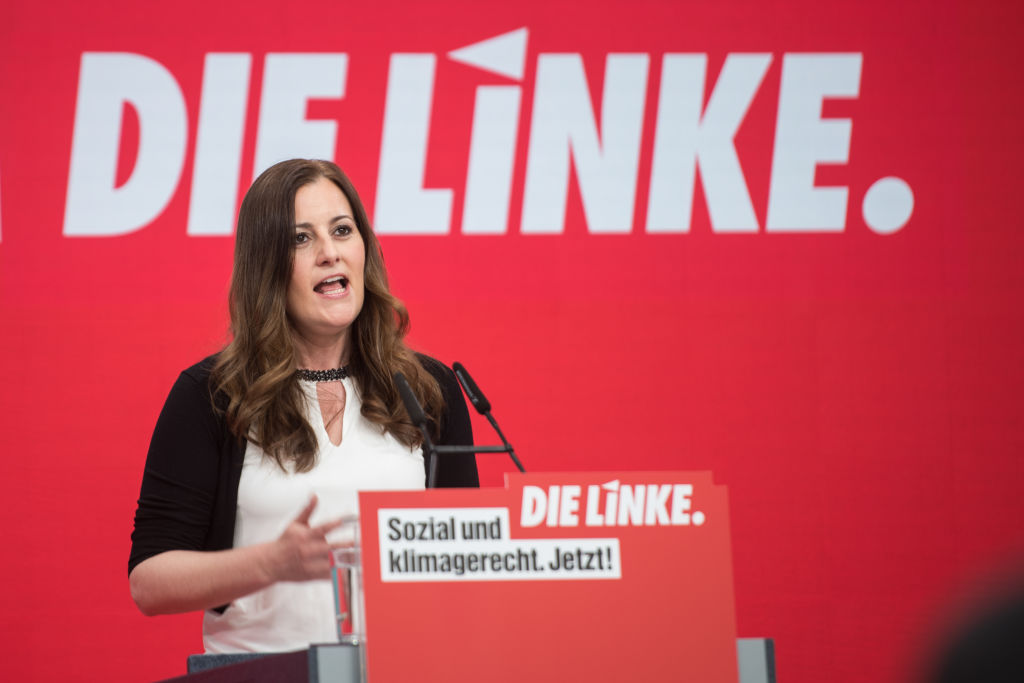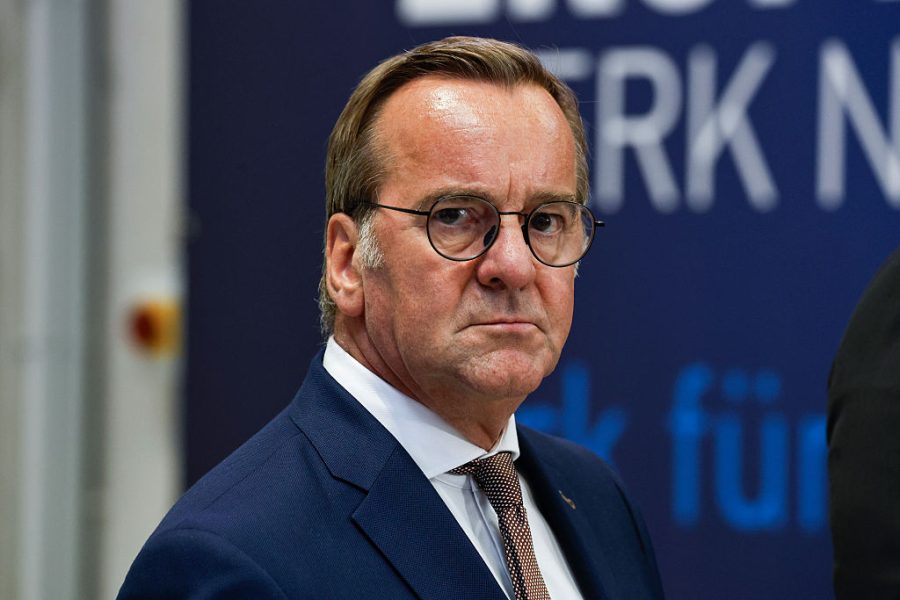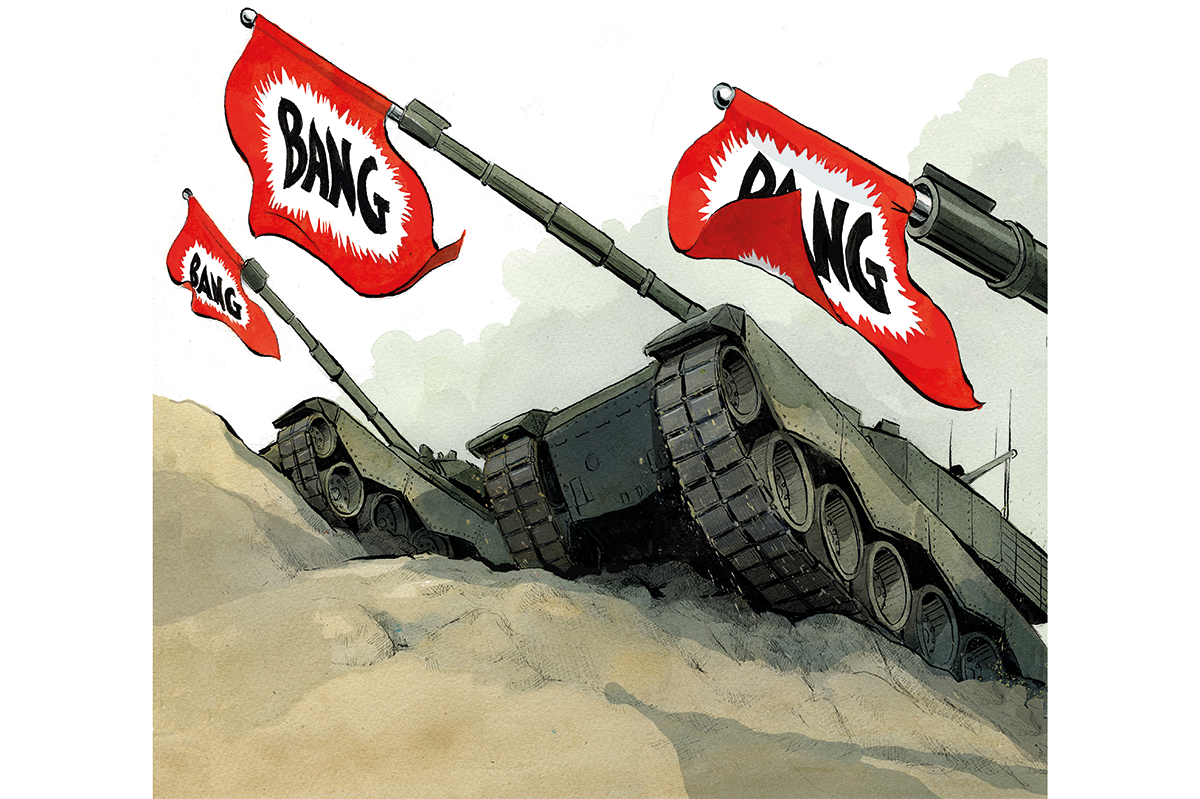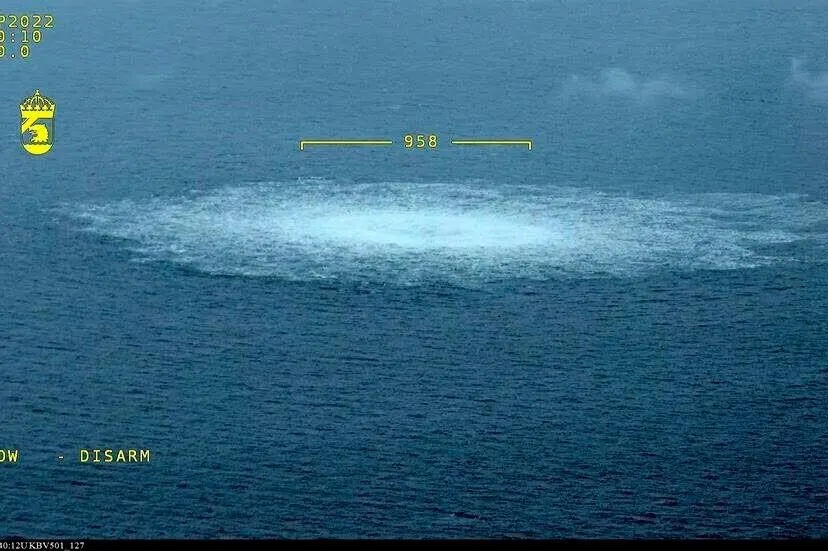A specter is haunting Germany — the specter of the left. As Merkel’s Christian Democrats fall further behind in the closing weeks of the federal elections, there is now a real possibility of a left-wing coalition forming that might include the far-left party Die Linke.
‘They will never commit to Nato,’ barked Armin Laschet, leader of Merkel’s CDU and her would-be successor in a televised debate with his rivals last Sunday. He demanded to know if Olaf Scholz, chancellor candidate for the social democratic SPD, and the Greens’ Annalena Baerbock would rule out a coalition with Die Linke. Neither did.
To Armin Laschet and many in his conservative camp, the prospect of a far-left party as part of a German government is so abhorrent that they assume it would put the fear of God in their voters too. Laschet therefore used up much of his air time demonstrating that his competitors would consider working with a party that is not committed to military security, advocates mass immigration and wants to limit the role of the domestic intelligence agency.
But how likely is it that the SPD and the Greens will actually work with Die Linke to form a far-left-of-center coalition? On paper, it seems doable. Most polls now put the SPD ahead of Laschet’s CDU by some margin (23 per cent and 22 percent respectively). If this stands, Olaf Scholz would get the first go at forming a majority. So he could exclude Laschet’s party and instead invite the Greens (currently at 18 percent) and Die Linke (currently at 7 percent). At the moment, this would still leave them short of the required 50 percent but the trajectory of the polls is in their favor.
In practice however it would prove difficult for any of the mainstream parties to co-operate with Die Linke if the latter insist even on some of their core policies. Laschet was right to point to their stance towards Nato. The party openly declare it a ‘relic of the Cold War’ and demand ‘its dissolution and replacement with a collective security system which includes Russia and makes disarmament its central aim’. This would allow neither the Greens to pursue their ‘more principled’ foreign policy towards Russia nor would it allow the SPD to honor their ‘unnegotiable’ commitment to Germany’s Nato membership.
Apart from these very specific points, the wider outlook of the far-left party also clashes with those of the center-left. Some of Die Linke’s mission statements read like something from a bygone era:
‘Today, as capitalism has become a global system, its exploitation of humanity and the environment plunges human civilization into a global crisis. We are convinced that this multitude of crises can only be combatted if we overcome the capitalist system of exploitation.’
Some of this Marxist rhetoric stems from the fact that Die Linke traces its roots back to East Germany. By the end of the 1990s, 98 percent of its membership had also been in the GDR’s ruling party. The party has tried to diversify by merging with West German organizations such as the SPD splinter group Labor and Social Justice — the Electoral Alternative. Since the merger in 2007, it’s had a double leadership structure with an East German and West German chair. West German members now form the majority and brought with them former SPD heavyweights like Oskar Lafontaine, one-time chancellor candidate and finance minister in Gerhard Schröder’s government.
But merging with West German far-left factions has not made the party’s stance any more compatible with center-left liberalism. Die Linke is sharply critical of the EU, particularly of what it sees as the ‘neoliberal’ direction its economic policy. The party also wants to nationalize key industries, even if this would not entail a full-scale planned economy. None of these aims could realistically be achieved, or even furthered, within a coalition with the SPD and the Greens.
Die Linke has been and are involved in several state governments, mostly in the former East, but also in Bremen in West Germany. They tend to be the junior partner in coalitions with the SPD, sometimes with the addition of the Greens. But German state governments deal with local issues rather than setting a bigger vision for the country. It is easy enough to sit down with Die Linke and decide whether or not the bus network needs to expand in Erfurt; it would be a different thing altogether to come to a compromise solution on Germany’s commitment to Nato.
The idea of a full-blooded left-wing coalition of SPD, Linke and Greens, as conjured up by Armin Laschet, is not entirely imaginary. But it provides all manner of policy headaches for the center-left parties while the far-left would have to forsake almost all of its core policies — indeed the essence of its movement — to make this work.
But it does not look good if the best that Merkel’s would-be successor can do is to conjure up the specter of a far-left coalition. ‘Vote for us because you should not vote for them,’ is an uninspiring bid at the best of times. But at 7 percent of the vote share, Die Linke has not got the scare factor of the communist movements of old. It’s the specter of lackluster politicians that is haunting German voters, not communism.
This article was originally published on The Spectator’s UK website.

























